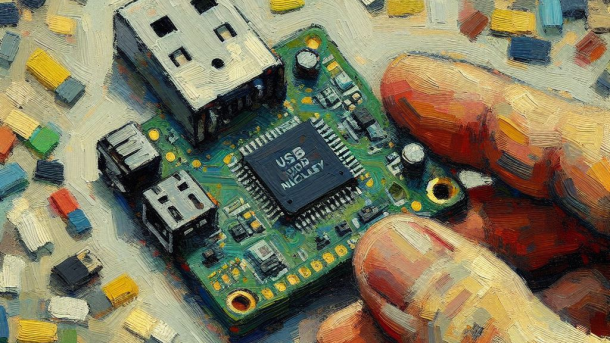This text should help you harden U-Boot by fixing the lowest-hanging fruit: unfettered access to the bootloader control interface.
Continue reading...embedded
Yocto Hardening: Kernel Module Signing
This time we have a relatively simple and effective hardening measure that may prevent big headaches: kernel module signing.
Continue reading...Yocto Hardening: Block Device Encryption with dm-crypt
Data safety is crucial in the embedded systems. The devices can store information that should be kept secret. Encryption can be used to achieve exactly that.
Continue reading...Making USB Device With STM32 + TinyUSB
Have you ever wondered how USB devices are made? I sure have. Follow this tutorial to see how to create a simple USB device.
Continue reading...Yocto Hardening: Kernel and GCC Configuration
This time we’re going to be doing two things to improve the security: hardening the Linux kernel, and setting hardening flags for GCC.
Continue reading...








